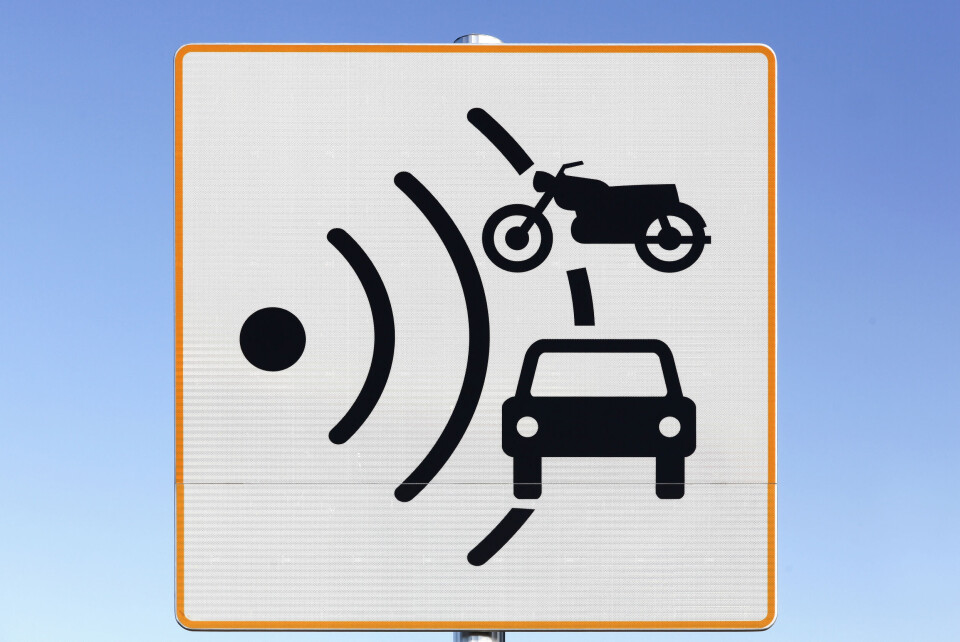-
Strikes and protests in January 2026 and how you may be affected
Doctors, rail staff, and farmers are all taking action
-
Good news as lower electricity bills confirmed in France
The change is not a ‘revolution’ but will give some purchasing power back, minister says
-
French ski resorts report excellent Christmas despite less snow than last year
Bookings are up and non-snow related activities are also on the rise
Private speed camera cars to arrive in Dordogne in April 2022
The department will receive two of the speed detection vehicles, which are slowly being rolled out across the country

Dordogne’s prefecture has confirmed that at least two speed camera cars – voitures radars privées or radars mobiles nouvelle génération in French – will be deployed in the department from April 2022.
These cars are not operated by the police but by the employees of private companies who often have a background in driving-related fields. They are not paid for each speeding motorist that they catch, but are offered a set salary of around €22,000 per year.
Read more:France’s private speed camera cars: Where are they, who drives them?
The vehicles are fitted with cameras at the front and back windscreens and an infrared flash device which is invisible to motorists. A GPS system allows the mechanism to automatically determine the maximum speed limit for the road in question.
Speed camera car operations first began to be privatised in 2018, when independent operators started driving in Normandy.
The cars currently operate in Grand-Est, Normandy, Brittany, Nouvelle-Aquitaine, Bourgogne-Franche-Comté, Pays-de-la-Loire, Centre-Val-de-Loire and Hauts-de-France.
By the end of this year, it is estimated that there will be 250 of these speed detection vehicles across the country.
In 2022, they will also be introduced to roads in Ile-de-France, Auvergne-Rhône-Alpes, Provence-Alpes-Côte d'Azur and Occitanie, meaning that they will be present in all 12 regions of mainland France (excluding Corsica).
Read more:Are there any clues to identify private speed camera cars in France?
It is hoped that privately-operated speed camera cars will free up time for police forces, who will be able to dedicate the hours once spent monitoring driver speeds to other operations.
Although these private cars are more difficult to spot than regular speed cameras, they are more lenient on drivers.
They allow a vehicle to travel up to 10km/h above the speed limit before they issue a penalty in areas where the limit is below 100km/h. For zones where the speed limit is above 100km/h, the margin is 10%.
Normal speed cameras only allow a car to travel at 5km/h above the speed limit, or 5% in areas where the limit is over 100km/h.
Related articles
Has France’s driving licence points system saved lives?
France set to send out millions more driving fines after Covid lull
























